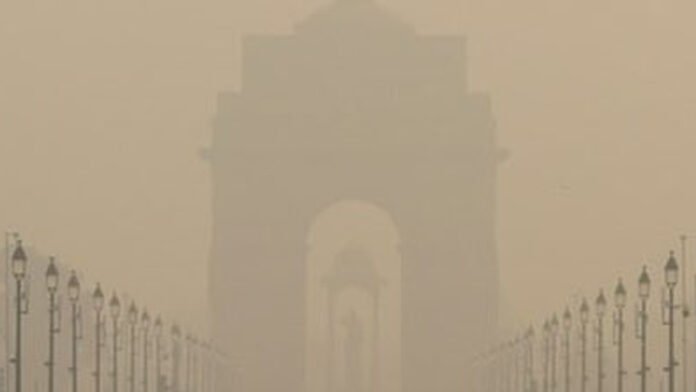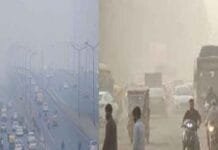New Delhi, November 21, 2025 — Air pollution across Delhi and the surrounding National Capital Region (NCR) has surged to hazardous levels, with the Air Quality Index (AQI) crossing 450 in several monitoring stations on Thursday. The spike marks one of the worst pollution episodes of the 2025 winter season.
According to official data, PM2.5 concentrations are nearly 20 times higher than the World Health Organization’s safe limits — exposure roughly equivalent to smoking 11 cigarettes a day for residents. The air is particularly dangerous for children, senior citizens, and people with respiratory or cardiac conditions.
GRAP-3 Activated as Emergency Measures Begin
With pollution escalating rapidly, authorities have implemented Stage 3 restrictions under the Graded Response Action Plan (GRAP-3), which include:
Ban on non-essential construction and demolition
Restrictions on BS-III petrol and BS-IV diesel vehicles in Delhi
Closure of stone crushers, mining activity, and dust-generating industries
Advisories for residents to avoid outdoor exercise and minimize exposure
Schools and workplaces have been urged to shift to remote or hybrid modes, where possible.
What’s Causing the Pollution Spike?
Experts attribute the sudden deterioration in air quality to a combination of factors:
Stubble burning in Punjab and Haryana
Low wind speed, preventing pollutants from dispersing
High vehicular emissions amid festive-season traffic
Temperature inversion, trapping pollutants close to the ground
Satellite imagery has recorded thousands of farm fires in neighboring states over the past 48 hours, contributing heavily to Delhi’s smog layer.
Health Concerns Rise
Hospitals across NCR are reporting a sharp rise in cases of:
Breathlessness
Asthma attacks
Eye irritation
Severe cough and throat infections
Doctors are urging residents to use N95 masks, keep air purifiers running indoors, and avoid prolonged outdoor exposure.
No Immediate Relief in Sight
Meteorologists warn that relief is unlikely for the next 48–72 hours, with weather conditions continuing to favor pollutant accumulation. Winds from the northwest may bring additional smoke from stubble-burning regions.
Authorities have indicated that GRAP-4, the highest-level emergency measures — which include a complete ban on most vehicles and closure of schools — may be considered if conditions worsen further.
















